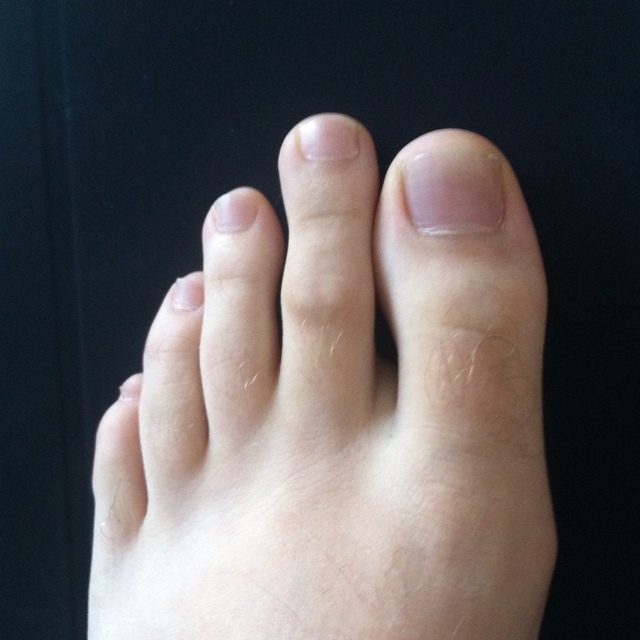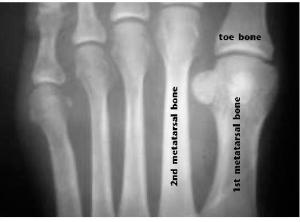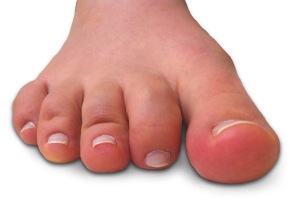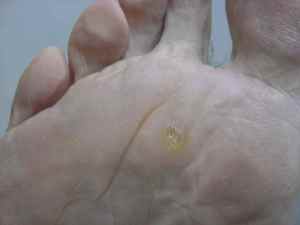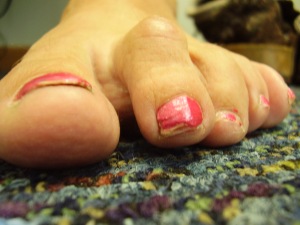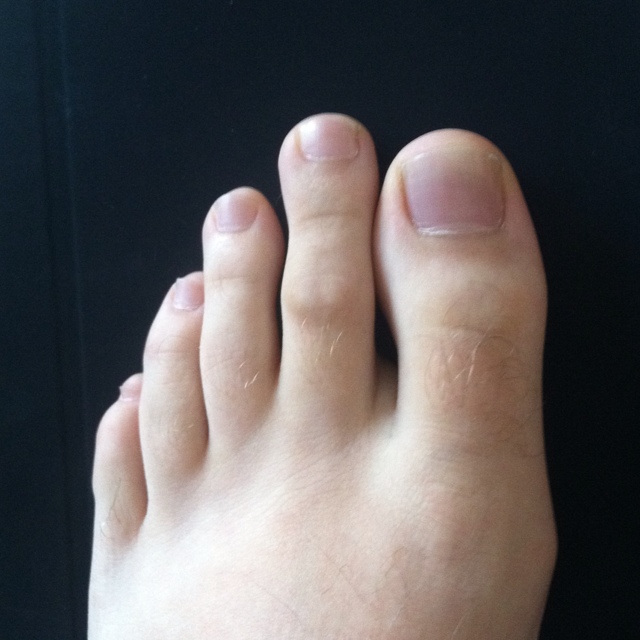
What the (Morton’s) Foot? Functional Implications of the Long Second Toe
In today’s blog I thought I’d talk about one of the most common conditions I see as a Podiatrist – the long second toe – aka Morton’s Foot or Morton’s Toe.
Although I hear my share of foot myths, I think this topic probably takes 1st place for the most creative misconceptions around foot function. From “you can trip over a Morton’s Toe” to “Morton’s Toe causes you to twist out of your push-off” – I think it’s time we put some clarity on this topic!
What is Morton’s Foot or Morton’s Toe?
A Morton’s Toe is a long second toe, relative to the great toe.
This long 2nd toe is actually not caused by the toe being long – but rather the metatarsal bone being long. If we look at a foot Xray there is what is referred to as a metatarsal parabola. The normal metatarsal parabola is 2nd metatarsal longest, followed by the 1st and 3rd metatarsal, then 4th and 5th.
In a Morton’s Foot, the Xray may look more like below. Note the large difference between the 2nd metatarsal length and the 1st metatarsal length.
Biomechanical Impact of Morton’s Foot
When we consider the biomechanical impact of having a long 2nd toe (or rather a long 2nd metatarsal), we need to think about forces going through the foot. It is the transfer of forces and distribution of these forces that relates to proper foot function.
Any shift in pressure or forces and you get foot pain and dysfunction.
Impact #1 – Metatarsal length
When we have an excessively long 2nd metatarsal (relative to the 1st metatarsal) there are increased forces going through the 2nd metatarsal and 2nd metatarsal phalangeal joint (MPJ). It’s important to mention that the 2nd metatarsal and 2nd MPJ take the highest forces anyways in the foot (as it is the midline of the foot) however the presence of a Morton’s Foot increases these forces even more.
This means that the client is susceptible to stress fractures of the 2nd metatarsal (think about your runners!) as well as to 2nd MPJ sprains / capsulitis.
Impact #2 – Toe length and footwear
When we have a longer 2nd toe but fit our shoes to the length of the great toe, we are obviously going to experience jamming of the 2nd digit into the end of the shoe.
This repetitive jamming of the 2nd toe can cause a buckling or hammering of the toe, as well as micro-trauma to the nail bed. (If you have ever seen a runners or dancers foot with the black 2nd toe nail you will know exactly what I mean.)
Hammering of the 2nd digit causes what is called retrograde pressure or forces that transmit straight down to the just under the 2nd metatarsal head. This can be very painful especially if clients also have a callus under the ball of the foot. Remember that calluses form as a direct relation to pressure or excess forces.
Impact #3 – Lack of toe purchase
As the hammering of the 2nd digit continues to increase, so does the retrograde pressure to the 2nd MPJ. There is a secondary inflammatory response and injury that can occur to the ligament, aka plantar plate, of the 2nd MPJ. The plantar plate is the structure that is the primary stabilizer of the 2nd MPJ.
As this plantar plate continues to get stressed it can eventually tear leading to instability in the 2nd MPJ and the toe begin to lose purchase or contact with the ground. This dorsal subluxation or drift of the 2nd digit further increases the retrograde pressure as described above.
Eventually the pain can be so great that the client requires injections or surgery.
Functional Impact of Morton’s Foot
So what can you do as a health and fitness professional working with a client or athlete who has Morton’s Foot? I think the first step is to understand the impact of this foot type and to know that it does not cause them to “trip” or “twist out of their push-off” but rather will alter their force distribution.
Tip #1 – Buddy splinting can help stabilize the 2nd MPJ
Since these clients are susceptible to 2nd MPJ sprains and instability you can preemptively help stabilize the joint by buddy splinting the 2nd to the 3rd digit. I often recommend this to my patients we are experiencing early symptoms of 2nd MPJ instability and are runners, do a lot of yoga, wear high heels etc.
Tip #2 – Size shoes to the longest toe
Since jamming of the 2nd toe in footwear is one of the biggest causes of hammering and retrograde pressure in the Morton’s Foot, guide your client to properly fitted shoes. Size shoes to the 2nd digit if possible and if excessive sliding occurs use lambs wool at the front of the shoe to make up for the size difference.
Tip #3 – Consider dispersion pads in footwear or when barefoot
If the client is experiencing pain under the metatarsal head, U-pads or orthotics with dispersion pads in them are a great option. Outside of surgery the only way to shift forces going through the foot is really only through paddings and inserts. I have made dispersions pads for my barefoot-friendly patients which can easily go onto their foot or into their minimal footwear.
To learn more great tips on foot function and barefoot science, please visit www.ebfafitness.com
Are you barefoot strong?

